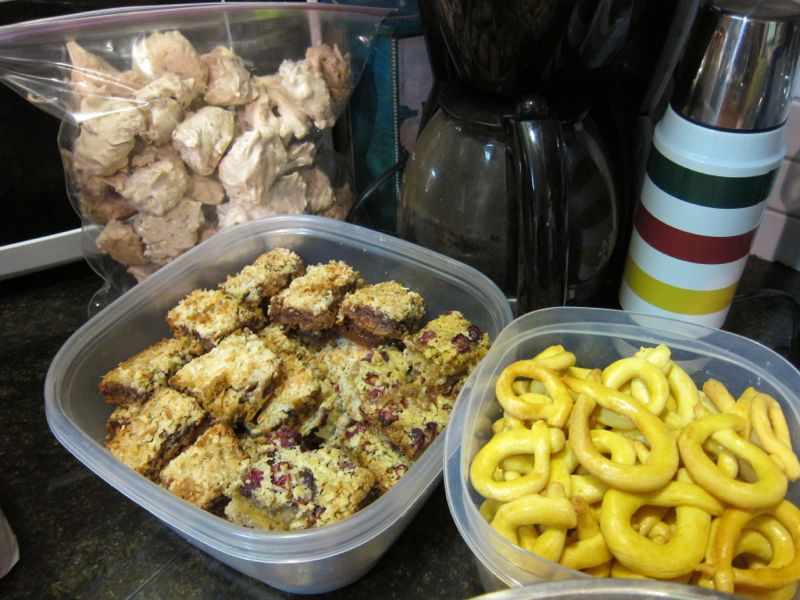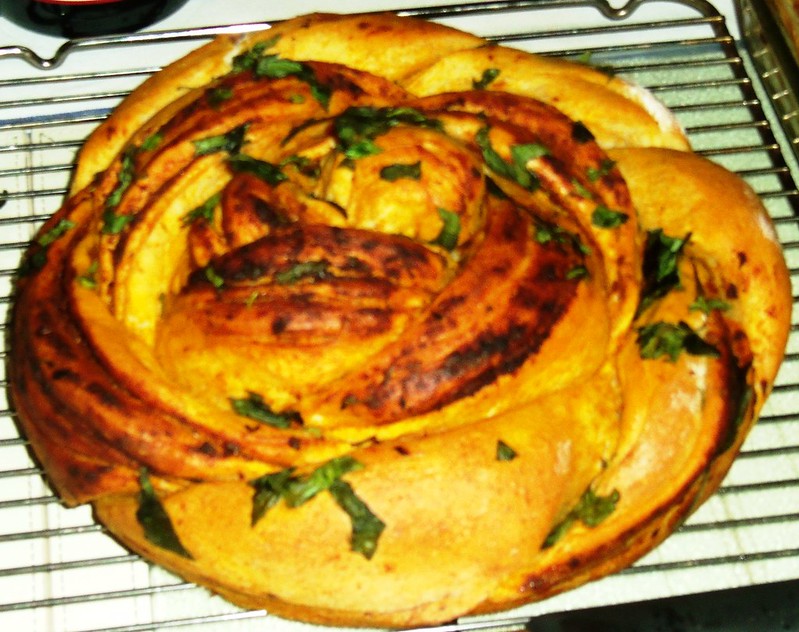Big ‘n’ Fluffy!!! Honey Whole Wheat Challah (ITJB)
If youda told me that the fluffiest bread I ever made would be 40% whole wheat, I woulda called you a liar. But now I believe!
- Log in or register to post comments
- 13 comments
- View post
- GSnyde's Blog




 It's not quite New Years Eve yet, but I figured it was time to try some champagne in a sourdough bread anyway. What goes better with champagne than some orange juice? (I hate strawberries so that was not an option!). I added some dried blood orange peel to the starter and the final dough to add some nice fruity flavor.
It's not quite New Years Eve yet, but I figured it was time to try some champagne in a sourdough bread anyway. What goes better with champagne than some orange juice? (I hate strawberries so that was not an option!). I added some dried blood orange peel to the starter and the final dough to add some nice fruity flavor.